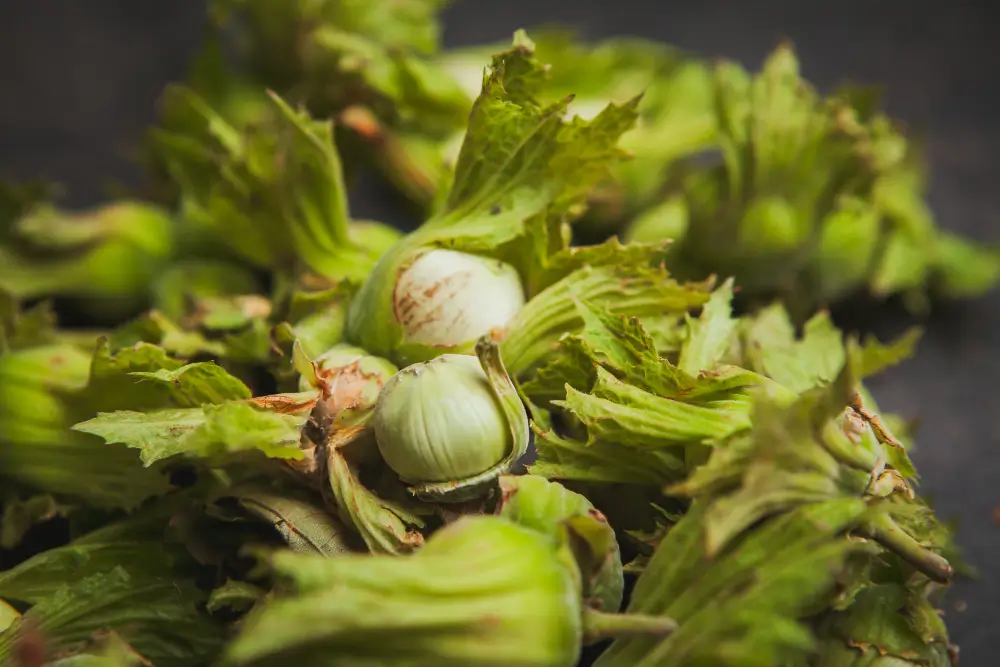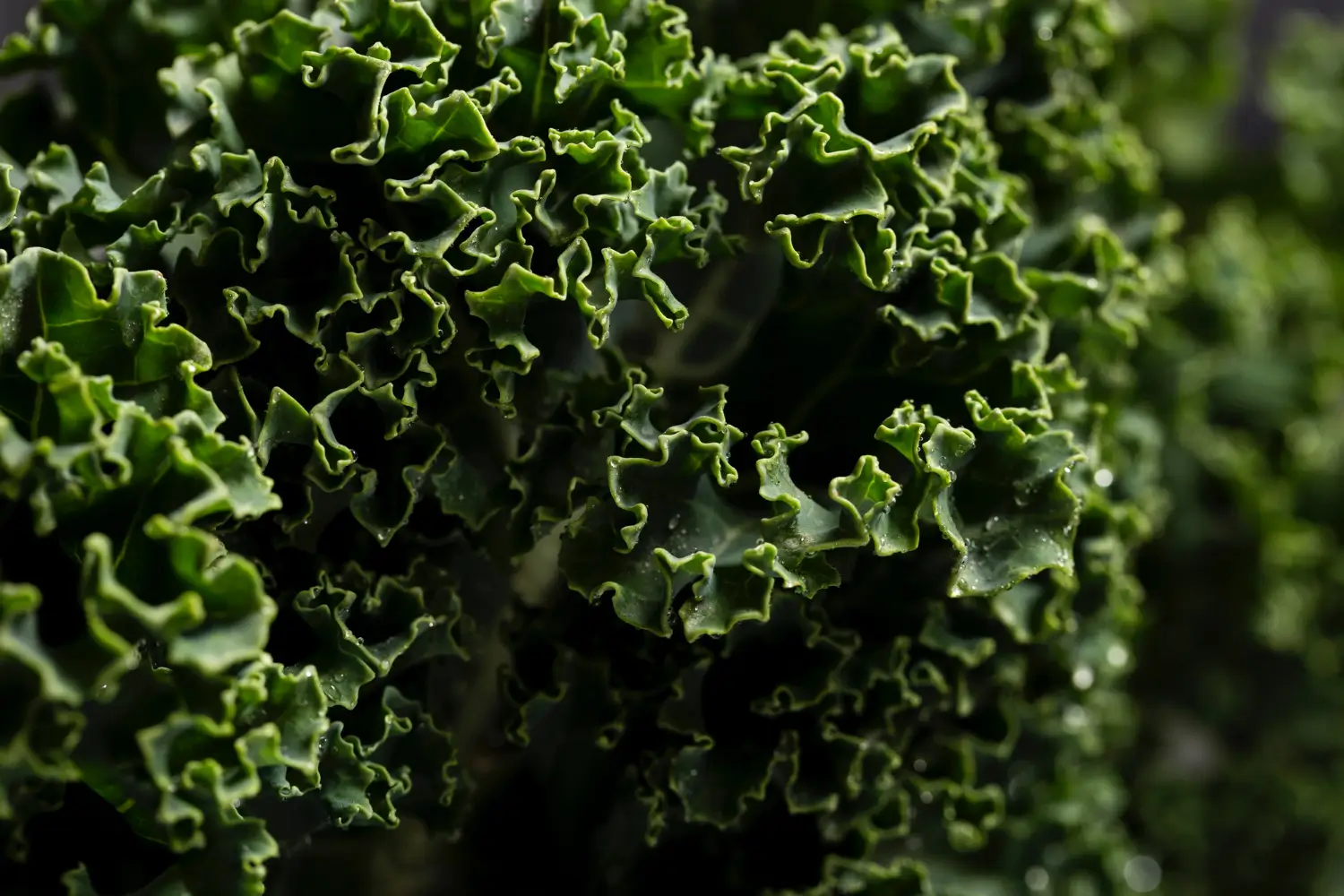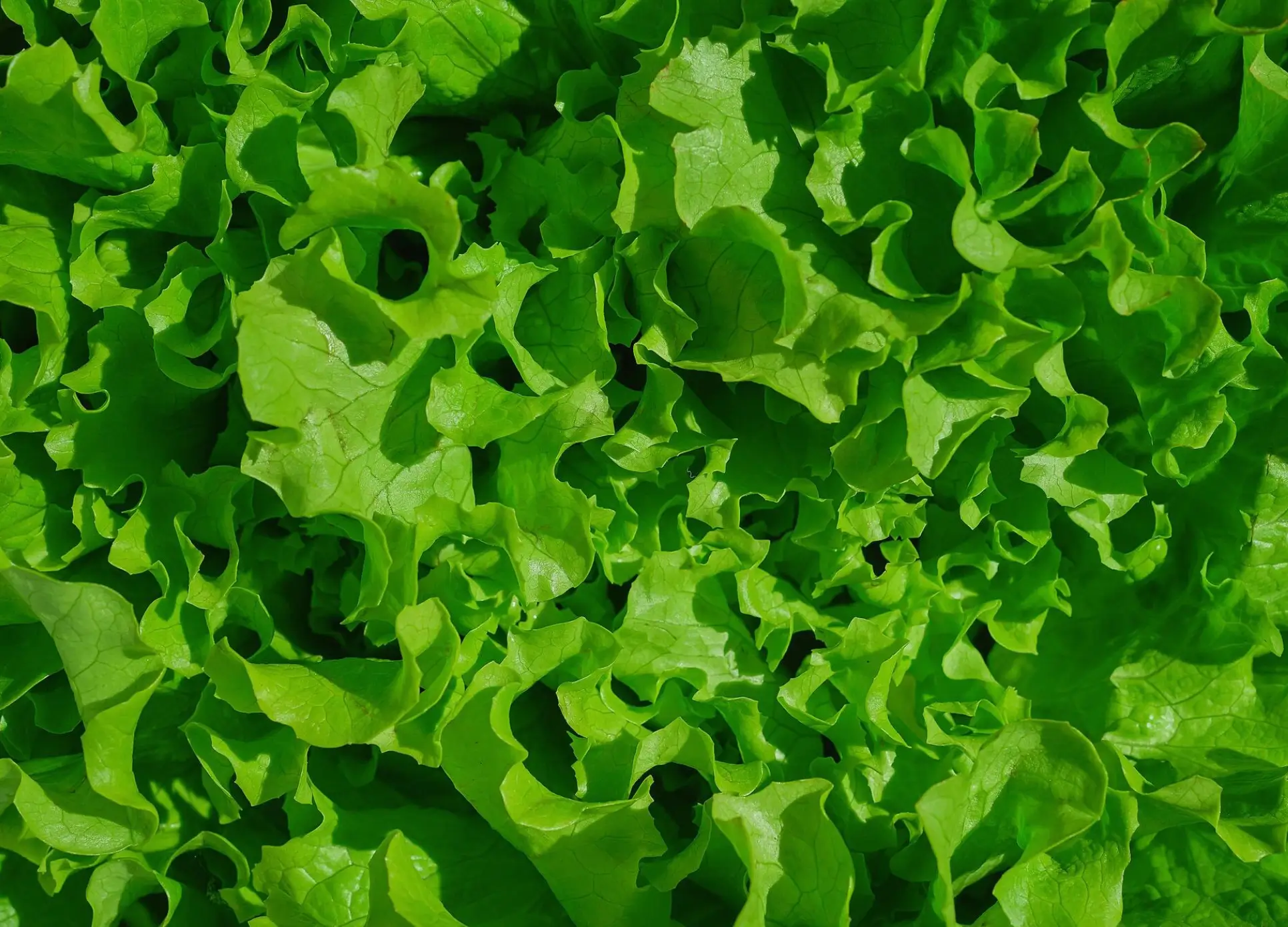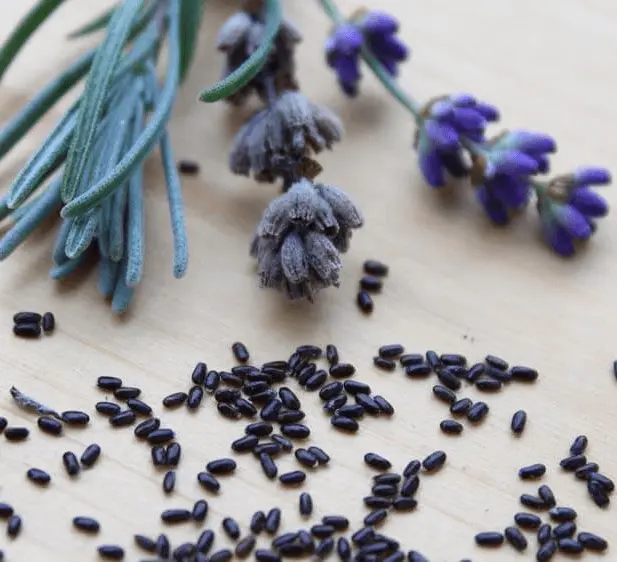
Soil Health & Fertilization
We unite suppliers and green industry professionals worldwide
Hazelnut is the name of a small shrub or tree and also refers to the nuts it produces, which are crunchy and flavorful. The tree has an attractive display of lush green leaves that lasts throughout the growing season.
By Mariam Scott
|Published on September 19, 2025


Hazelnut is the name of a small shrub or tree and also refers to the nuts it produces, which are crunchy and flavorful. It is native to temperate areas and, as such, requires good drainage. The tree has an attractive display of lush green leaves that lasts throughout the growing season.
Hazelnuts are nutrient-dense; they provide you with healthy fats, protein, and vitamins. Gardeners actually grow Hazelnuts for eating purposes and their ornamental value. It is easy to care for, adapts to different soils, and provides a steady harvest year after year. It also attracts not only wildlife like birds but smaller mammals as well, infusing elements of life into gardens.
| Scientific Name | Corylus avellana |
| Common Names | Hazelnut, Filbert, Cobnut |
| Family | Betulaceae (birch family) |
| Genus | Corylus |
| Species | C. avellana |

September 25, 2025
9 minute read
September 24, 2025
9 minute read
September 23, 2025
10 minute read
September 22, 2025
9 minute read


Join as a seller and connect with thousands of B2B buyers nationwide!
Sign Up

Kale
Kale (Brassica oleracea var. sabellica) is one of the most robust Brassica species and a well-known leafy green vegetable that is cultivated all over the world

Kale Lacinato
Kale Dinosaur (Brassica oleracea var. palmifolia), also known as Lacinato kale, Tuscan kale, or Cavolo Nero, is a remarkable leafy green with a historical past that is just as lush as its health benefits.

Leaf Lettuce
Leaf lettuce (Lactuca sativa var. crispa) is a very common and popular variety of lettuce.

Lavender Seed
Lavender is one of the most beloved herbs in the world, prized for its beautiful odor, stunning purple flowers, and diverse applications. It has been grown for thousands of years as “the herb of calm”.
Hazelnuts were prized for thousands of years as a food source in Europe, Asia and the Americas. They are a staple in most Middle Eastern traditional cookery as well as holiday dishes. For centuries now, farmers and gardeners swear by them! To this day, hazelnuts remain important in both nutrition and culture.
Hazelnuts are culturally significant and symbolic across many territories. In many cultures, turtles symbolize wisdom and protection. They are a part of the festive desserts, treats, and dishes. Gardeners value the decorative foliage and productive nature of the tree. The hazelnut tree offers both cultural tradition and practical benefits for gardens
Hazelnut trees are, on the whole, smaller and more compact in their growth form than walnuts or pecans. Instead, they form nuts in clusters on branches instead of being solitary. Hazelnut trees bear the earliest of all this state's nut crops. They tolerate cooler climates and adapt to garden environments. The tree is easy to manage and harvest.
Hazelnuts have a long history as one of the oldest cultivated nuts used by humans. Some ancient cultures ate them, used them as medicine, and traded them for other goods. They are still a favored snack and an ingredient in chocolates, spreads, and baked goods today.
Hazelnut grows 10–20 feet tall and spreads similarly wide. Its leaves turn yellow in autumn, adding seasonal color. The nuts grow in leafy husks and are ready to be harvested late summer or early fall. The tree is adaptable to a variety of soil types and thrives in full sun. This species is full of vigor and beauty, making an excellent planting in most any garden landscape.
Hazelnuts are eaten raw, roasted, or used in recipes and baked goods. It is also an ornamental plant in gardens. Birds and small mammals take advantage of their nuts. In local trades and across the region, it contributes a good deal of ecological and aesthetic value to landscapes. Both vegetarians and gardeners appreciate it as much as anything.
Hazelnuts are best grown in temperate climates that have full sun and well-drained soil. They can grow in clay, sandy, and loamy soils but will need watering regularly. Mulching helps maintain moisture and keeps roots cool. The trees prefer moderate temperatures and are hardy in USDA zones 4–8. These are crops destined to give long-term productivity.
Hazelnut trees are typically very robust and resilient to pests. Sometimes, they might be locusts, aphids, or common filbert worms and leaf rollers. You need to provide correct plant spacing to reduce the chances of disease. If an occasional pest problem arises, organic sprays or biological controls may be effective. Overall, the tree is low-maintenance.
Hazelnut seeds are round, small, and hard-shelled. They are protected by a leafy husk that falls when the nuts mature. Seeds can be sown directly outdoors or stratified for better germination. Handling seeds is simple, and they germinate reliably with proper care.
Seeds sprout best after 2–3 months of cold stratification. The soil should be kept moist but not waterlogged. Germination usually takes 2–3 weeks, and seedlings need gentle care. Proper germination ensures strong and healthy young trees.
Fresh seeds have high germination rates and produce robust seedlings. Stored seeds remain viable for 1–2 years in cool, dry conditions. Healthy seedlings grow into productive trees that bear nuts within 2–3 years. Proper storage and handling maximize vigor.
Hazelnuts can be grown from seeds or transplanted young plants. Space trees 10–15 feet apart to ensure proper growth. Seedlings need protection during the first year and regular watering. Division or layering is also possible for established trees.
Soil should be enriched with compost or organic matter before planting. Select sunny locations with good drainage. Mulching helps retain moisture and control weeds. Avoid planting near other nut trees to reduce disease spread. Proper care ensures strong establishment and growth.
Regular monitoring keeps trees healthy. Prune damaged branches and remove diseased leaves promptly. Proper spacing improves airflow, reducing fungal problems. Healthy trees resist pests and produce higher nut yields.
Hazelnuts usually bear nuts 2–3 years after planting. Nuts are ready when husks turn brown and fall naturally. Collect nuts and dry them in a cool, airy place. With care, trees provide a steady harvest for many years.
Store hazelnuts after drying in cool, dry conditions. Airtight containers or refrigeration extend their shelf life. Fresh nuts last several months, while dried nuts can remain edible for up to a year. Proper storage preserves flavor and nutrition.
Hazelnut is a very versatile tree that produces a healthy nut and also adds high ornamental value to gardens. It does well in temperate climates and is easy to care for as it provides food and the habitat of wildlife. Given proper care, it is a consistent gracebearer for many years. Hazelnut trees are a gardener's favorite because of their deliciousness and ornamental value.
Trees usually produce nuts 2–3 years after planting.
Small trees will grow in containers; however, they are happiest in the ground.
Common pests include aphids, filbert worms, and leaf rollers.
Leave them to dehydrate first and then pack them in chilled, cool containers with good air flow.

Soil Health & Fertilization
Victor Miller

Pest Identification & Prevention
Victor Miller

Lawn Care Tips & Maintenance
Victor Miller

Soil Health & Fertilization
Victor Miller

Smart Irrigation Systems
Victor Miller

Patios, Walkways & Driveways
Victor Miller

Soil Health & Fertilization
Victor Miller

Pest Identification & Prevention
Victor Miller
My Account
Our team is always here to help.
We are open Monday - Friday, 9:00 AM to 4:30 PM PST.